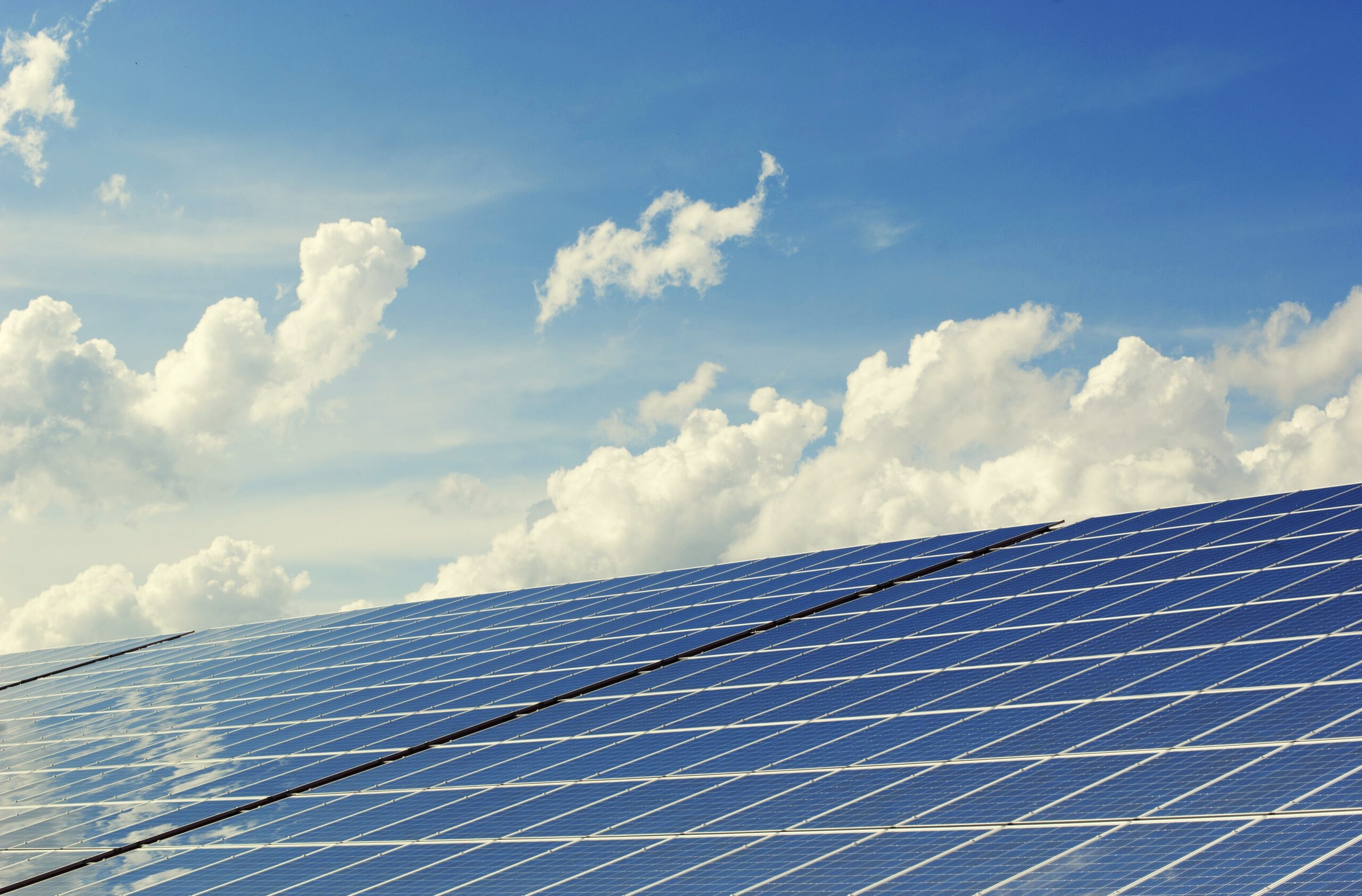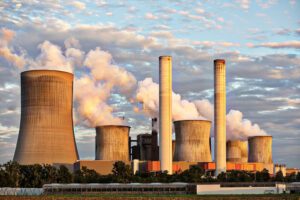The U.S. is on its way to reaching the country’s sustainability goals. On August 16th, President Biden signed the Inflation Reduction Act. While this bill aims to achieve several things like increasing healthcare access, decreasing prescription pricing, and tackling deficit reduction, addressing climate change is on the top of the list. The Inflation Reduction Act incentivizes consumers, small businesses, and manufacturers to choose more efficient options and opens the door for new clean energy projects, including building nuclear power plants. We’re here to walk you through all of the new tax credits and incentives this Act introduced.
The Goal
The Act’s objective is to reduce the United States’ greenhouse gas emissions to 40% below 2005 levels by 2030. From fuel for our vehicles to powering our homes and offices, the production and use of energy contribute approximately 75% of greenhouse gas emissions worldwide. This means that the U.S. not only needs to increase our capacity for renewable energy technology but also make that technology more accessible to all. That is exactly what this bill aims to do.
The Inflation Reduction Act creates a Clean Energy and Sustainability Accelerator. The Accelerator will support state and local clean energy financing institutions and help with the deployment of heat pumps, community solar, EV charging, and other zero-emissions technology. This Accelerator combined with clean energy tax credits and rebate programs will make it easier for people to utilize emission-free energy and hopefully lower emissions nationwide.
The Impact
The Inflation Reduction Act created a number of clean energy incentives for consumers, small businesses, and manufacturers. Let’s take a look at all of the ways you or your business can benefit from it.
For Consumer:
With a goal of making clean energy options more accessible, particularly for lower- to middle-income consumers, this bill introduced several tax credits and other financial incentives:
- Upgrade your home with more energy-efficient electric appliances and get money back through the new home energy rebate programs.
- The Act is making heat pumps, rooftop solar, electric HVAC, and water heaters more affordable by offering 10 years of consumer tax credits.
- Lower- and middle-income individuals can receive up to $4,000 in consumer tax credits when they purchase a used electric vehicle or up to $7,500 tax credits when they purchase a new EV.
For Small Businesses:
This bill introduced tax credits that will not only help small businesses invest in sustainable options, but also save them money on energy long term:
- Switch to solar power and receive a tax credit that covers 30% of the cost.
- Receive a tax credit of up to $5 per square foot by making energy-efficiency upgrades to your facility.
- Businesses that use large vehicles like trucks and vans can purchase clean commercial vehicles and receive a tax credit of up to 30% of the purchase price.
For Manufacturers:
To help grow the U.S. capacity for renewable energy, the Inflation Reduction Act created tax credits and will provide funding for the production of clean energy technologies, including:
- A $60 billion investment to support clean energy manufacturing in the U.S.
- An estimated $30 billion will help U.S. manufacturers accelerate the production of solar panels, wind turbines, batteries, and process key minerals through production tax credits.
- $10 billion will be allocated to an investment tax credit that supports new manufacturing facilities that make electric vehicles, wind turbines, solar panels, and other clean technology.
- The new Defense Production Act will invest $500 million to speed the manufacturing of heat pumps and processing of critical minerals.
- $2 billion in grants will help auto manufacturers transition to producing clean vehicles. An additional $20 billion in loans will help construct new manufacturing facilities for clean vehicles.
Supporting Nuclear Power Growth
The Inflation Reduction Act brings Nuclear Energy in line with renewables. Nuclear Power Plants are now able to take advantage of production tax credits that are similar to those for wind and solar farms. With the United States’ 93 reactors already providing around 20% of the country’s electricity, this could help accelerate the transition to carbon-free power.
The production tax credits will start in 2024 and last for eight years. These credits will help support the production of small modular reactors. Compared to larger reactors, this smaller option is cheaper to build, safer to operate, and will last at least 60 years.
The buzz around this tax credit is already beginning. Several companies are launching projects to develop and commercialize small modular reactors. With investors ready to support these projects, nuclear power is on the way to help the U.S. meet its energy demand.
Invest in Nuclear Energy Projects
Interested in supporting nuclear energy projects? Emission-Free Energy Credits (EFECs) allow you to simultaneously invest in nuclear energy projects in Ohio or Pennsylvania and offset your business’s carbon footprint. This solution allows you to reach your sustainability goals even if you cannot control your energy supply options.
Ready to reduce your carbon footprint with Emission-Free Energy Credits? Contact us today using the form below to learn more!
"*" indicates required fields





